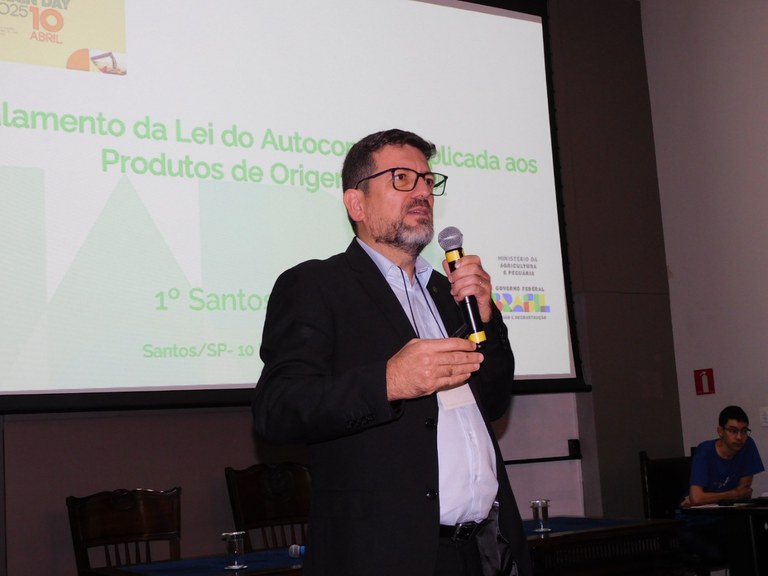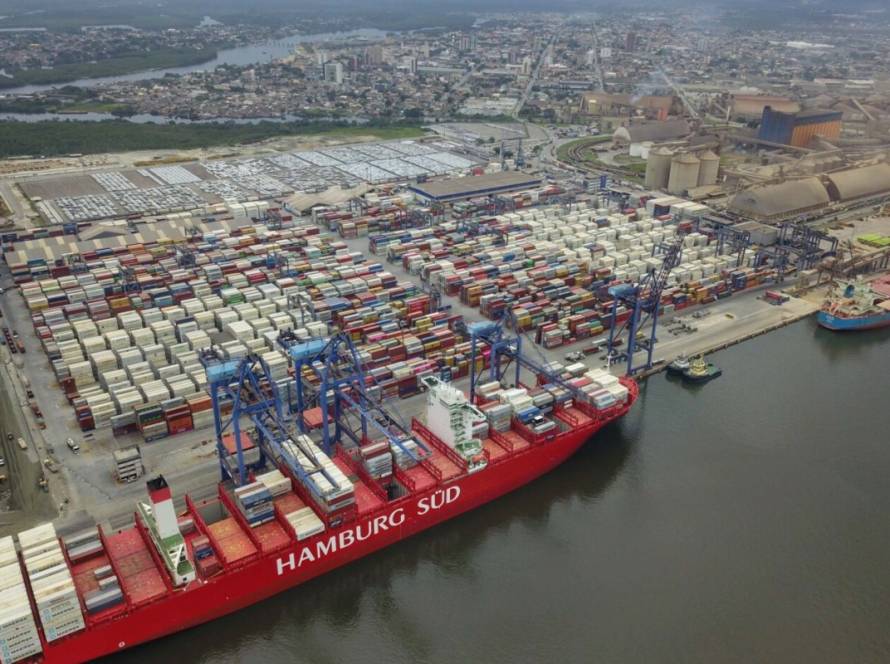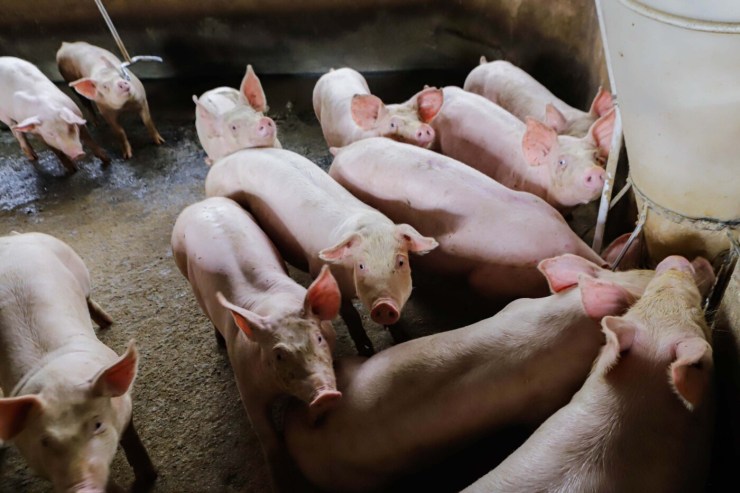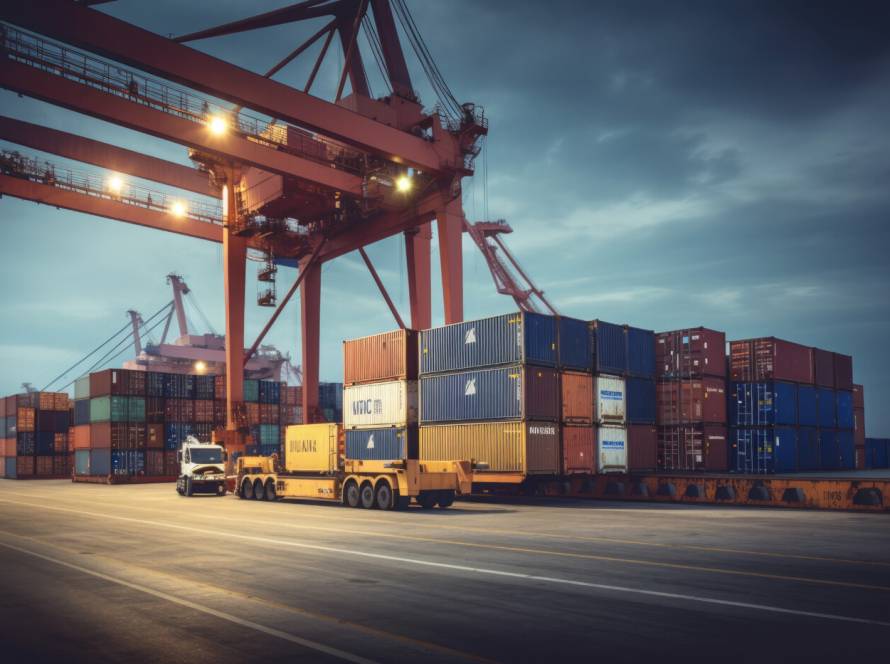Paraná had its best six-month period for pork exports since 1997, when the Comex Stat/MDIC platform began collecting the historical data. Exports totaled 110,700 tons, representing an increase of 39.4% (or 31,300 tons more) compared to the same period the previous year.
Information is part of the Agricultural Situation Bulletin for the week of July 4-10. The document from the Department of Rural Economy (Deral), of the State Secretariat of Agriculture and Supply (Seab), also highlights that the volume surpassed the previous record, set in the second half of 2024, by 6.1% (or 6.4 thousand tons). "It is worth noting that the last four records all occurred in the second half of the year, which reinforces the relevance of the result obtained in the first six months of 2025," emphasized veterinarian Priscila Cavalheiro Marcenovicz. According to her, the performance was driven primarily by increased exports to the state's important trading partners.

Hong Kong led the way in purchases, with 20,500 tons – an increase of 23.9% (or 3,900 tons) compared to the same period in 2024. Next came Uruguay, Argentina, the Philippines, Singapore, and Vietnam. "Considering that over the past ten years, the volume of pork exported in the second half of the year exceeded that of the first, Paraná is expected to set a new record in the second half of this year," said Priscila.
Chicken
Brazilian chicken exports are beginning to recover from the embargoes imposed following the identification of an outbreak of avian influenza in a commercial poultry farm in Montenegro, Rio Grande do Sul. Most markets are gradually resuming exports.
According to the Brazilian Animal Protein Association (ABPA), export revenue, including both fresh and processed products, grew 5.1% in the first half of 2025, reaching US$$ 4.871 billion. In the same period last year, it was US$$ 4.636 billion. In volume, it rose from 2.58 million tons to 2.6 million tons (0.5%).
The main destinations for Brazilian chicken meat in 2025 were the United Arab Emirates (231.1 thousand tons), China (228.6 thousand tons), Saudi Arabia (201.9 thousand tons), Japan (198.2 thousand tons), South Africa (133.9 thousand tons), the European Union (125.3 thousand tons), the Philippines (122.6 thousand tons) and Mexico (89.9 thousand tons).
Eggs
Brazilian egg exports showed growth in the first five months of 2025. From January to May, 26,126 tons of egg products were exported, an increase of 35.7% compared to the 19,247 tons recorded in the same period of 2024.
Revenue followed the same upward trend, with US$$ 86.127 million now, compared to US$$ 68.690 million the previous year. São Paulo leads the way. Paraná is the fourth-largest exporter, but saw a decline during the period. In 2024, it exported 4,567 tons, with revenue of US$$ 19.051 million, while this year it exported 2,961 tons and revenue of US$$ 14.408 million.
Bovine

Photo: Shutterstock
The price of beef has been under pressure this July. According to the Center for Advanced Studies in Applied Economics (Cepea), the product has already fallen by 3.72%, trading at R$ 305.60. Slaughterhouses operate with sufficiently comfortable scales to negotiate better prices.
In Paraná, Deral's survey shows a slight recovery in wholesale prices. On average, forequarter beef sold for R$19.07 per kilo, and hindquarter beef for R$15.25. Competition from cheaper pork and chicken has helped keep prices stable.
Barley
According to the Deral bulletin, barley planting reached 90% of the planned area, a 13 percentage point increase in the first week of July. This positive pace is expected to continue in the coming weeks, driven by good soil water availability and the forecast for stable weather.
Sowing is expected to be completed in July. The frosts observed so far have only had a limited impact on the crop. Estimated production is 423,000 tons, 43% higher than the 296,000 tons harvested last year. This growth is primarily driven by a 20% increase in cultivated area, from 80,500 hectares to 96,900.
Corn

Photo: Shutterstock
The 2024/25 second crop harvest is underway in Paraná and has already reached almost a third of the total estimated area, with 29% of the area harvested. Over the last five harvests, the harvest had reached 20%. Areas considered good decreased from 68% to 64%, those in average condition increased from 18% to 20%, and poor areas from 14% to 15%. This may be related to the frosts that occurred in late June.
Fruits
Paraná is highly dependent on fruit supplies from other states and regions. Therefore, price variations depend on production seasons, weather conditions, pest occurrence, shipping costs, and other factors.
The Deral document analyzes the nominal prices of 12 of the main fruits sold at the Curitiba unit of the Paraná Supply Center (Ceasa-PR) over a one-year period. Increases were observed for four fruits—Tahiti limes, Formosa papayas, strawberries, and avocados; decreases were observed for seven—melons, Tommy Atkins mangoes, Caturra bananas, watermelons, Gala apples, pineapples, and Niagara grapes; and one—orange—remained stable.




